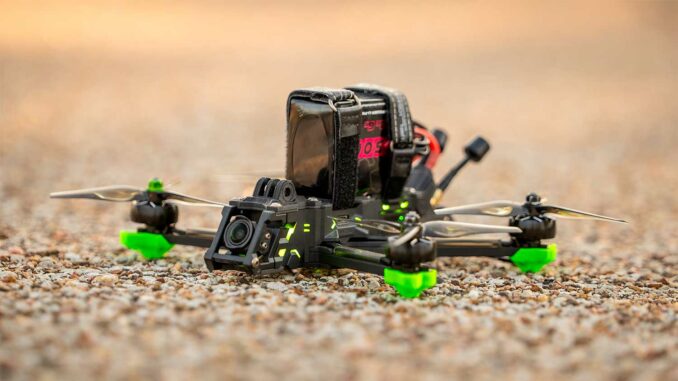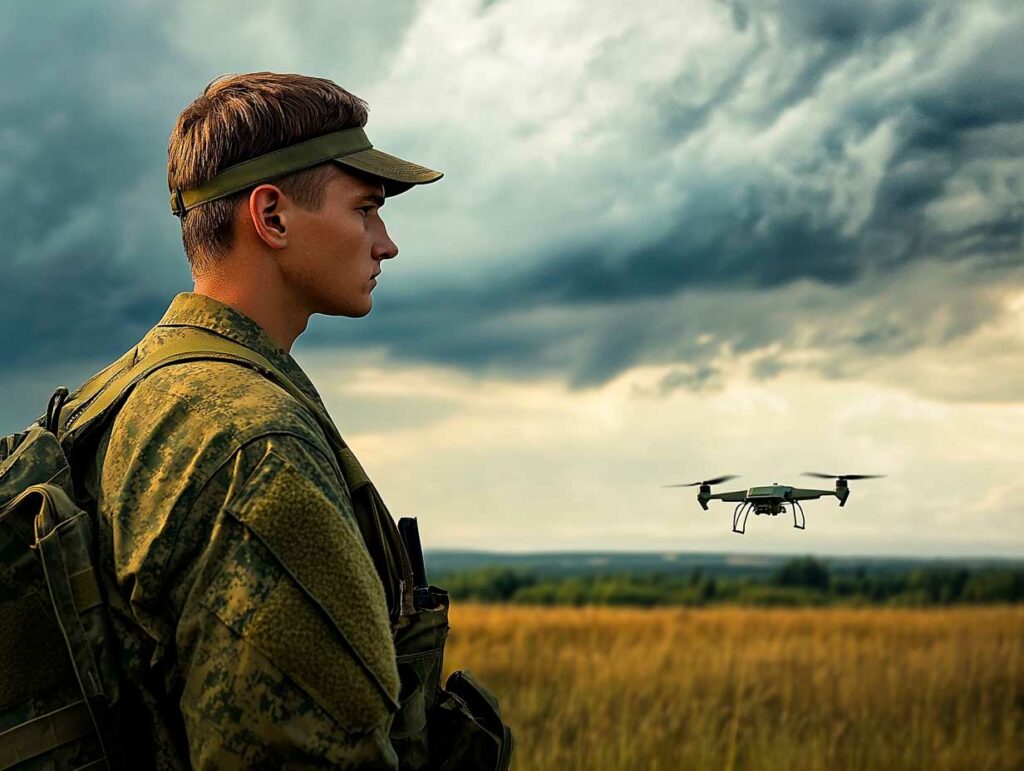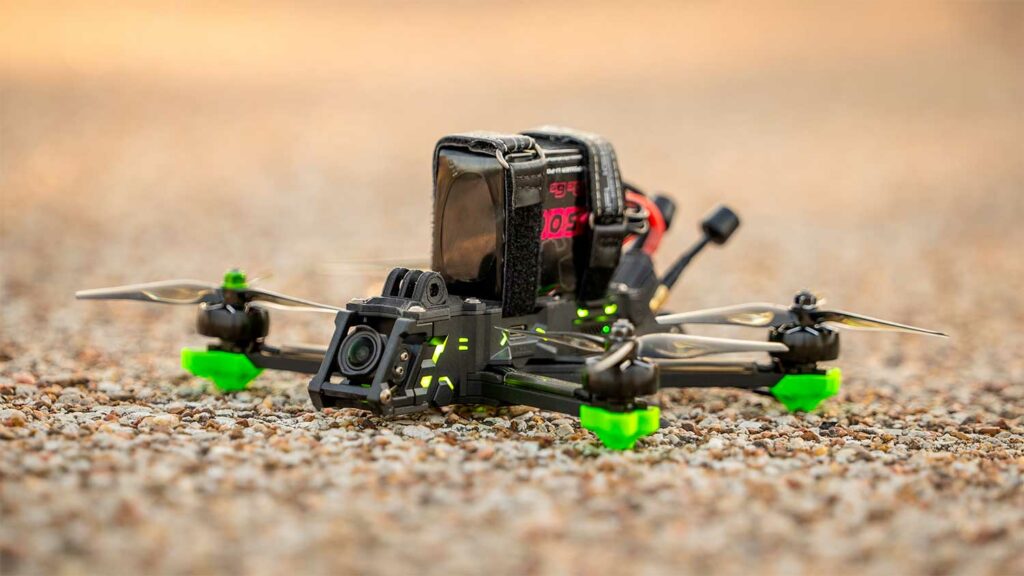
Russia and Ukraine are developing autonomous drones, but their widespread deployment remains limited in June 2025.
Since 2023, Russia and Ukraine have been investing heavily in the development of drones with artificial intelligence (AI) and machine learning (ML) capabilities. These technologies aim to improve the autonomy of drones, their resistance to electronic countermeasures, and their effectiveness on the battlefield. However, as of June 2025, these systems have not yet been deployed on a large scale. Both countries face technical, logistical, and financial challenges that are slowing the widespread adoption of these technologies.
Current status of AI/ML drones in Russia and Ukraine
Despite notable advances, neither Russia nor Ukraine has succeeded in mass deploying fully autonomous drones on the battlefield. The drones currently in use incorporate elements of AI or ML, but still require human supervision for critical tasks such as target identification or adaptation to complex environments.
For example, Russian Lancet-3 drones have demonstrated automatic target locking capabilities, but combat videos have revealed errors, such as attacking irrelevant objects. Similarly, Ukrainian drones equipped with computer vision struggle to identify camouflaged or fast-moving targets.
Technical challenges include developing robust algorithms, managing energy consumption, miniaturizing components, and resisting electronic interference. These obstacles are slowing the transition to fully autonomous systems.

Embedded technologies: between machine learning and artificial intelligence
Current drones mainly use machine learning techniques for specific tasks: GPS-free navigation, image recognition, and target locking. These functions are effective in controlled environments, but their performance declines in unexpected situations.
The integration of AI would enable drones to make complex decisions in real time, such as adapting their trajectory or autonomously selecting targets. However, this requires high computing power, large databases, and sophisticated algorithms, which complicates their implementation on lightweight, mobile platforms.
For example, the Ukrainian drone GOGOL-M, presented as a “surrogate mother” for FPV drones, integrates AI capabilities for navigation and target selection, but its autonomy remains limited by the need to pre-program missions and maintain a link with the operator.
Operational deployment: between experimentation and limitations
Drones incorporating AI or ML elements are mainly used for specific missions, such as targeted attacks or reconnaissance. Their deployment remains limited due to their cost, complexity, and associated logistical challenges.
In Ukraine, the GOGOL-M drone has been used for long-range strikes, but its production remains limited to around 50 units per month. In Russia, the Tyuvik drone, designed for light strike missions, is in production, but its real effectiveness in the field remains to be proven.
Both countries continue to rely on simpler drones, such as FPVs, which, although less sophisticated, offer good value for money and are easier to mass produce.
Battlefield management systems: Delta and Digital Sky
Coordinating drone operations requires advanced battlefield management systems. In Ukraine, the Delta system integrates data from various sources (drones, satellites, ground sensors) to provide a real-time view of the situation. This system facilitates mission planning, coordination between units, and the prevention of friendly fire.
In Russia, the Digital Sky project aims to create an integrated network for airspace management, including drones, satellites, and communication systems. This project, still in development, aims to use AI to improve the coordination and safety of air operations.

Strategic consequences and prospects for development
The integration of AI and ML into military drones represents a major evolution in modern warfare. However, technical, logistical, and financial challenges are delaying their large-scale deployment.
In the short term, semi-autonomous drones will continue to play an important role, particularly for specific missions where their effectiveness has been proven. In the long term, improvements in onboard technologies, cost reductions, and the development of more sophisticated battlefield management systems could lead to the widespread use of fully autonomous drones.
Countries investing in these technologies will also need to consider the ethical and legal implications of using autonomous weapons systems, particularly with regard to liability in the event of error or collateral damage.
War Wings Daily is an independant magazine.